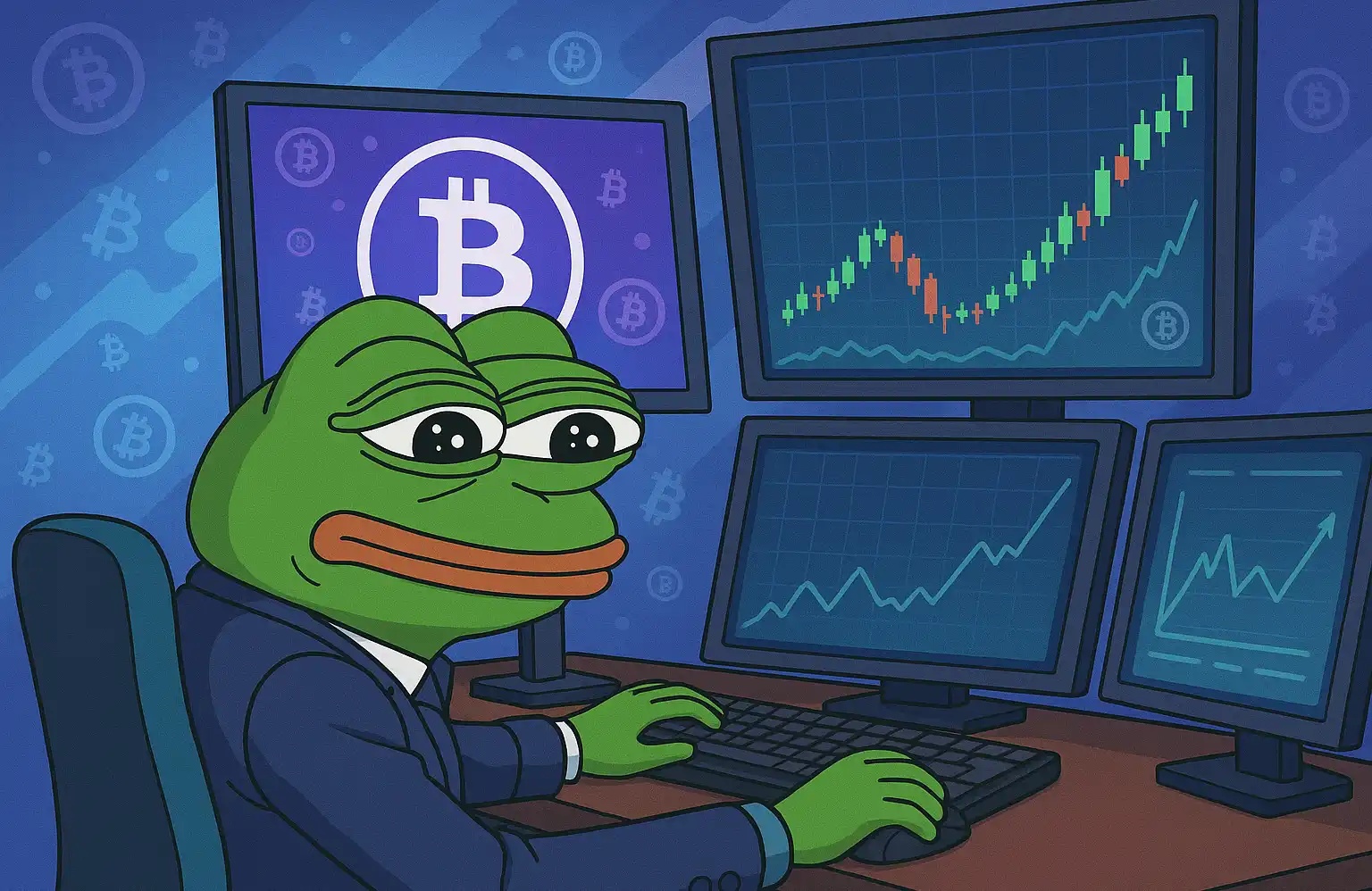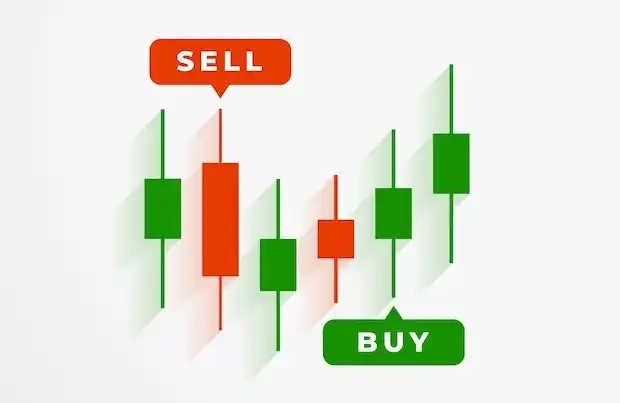AIxCrytpo Weekly Report: $OLM increased more than 50 times after IMO; io.net announced the token economic model and will remove a large number of GPU virtual accounts
Perhaps it can be said that "April is a lie for AIxCrypto." According to reports, Nvidia plunged 10% last Friday, the largest single-day drop since the early days of the COVID-19 outbreak in 2020, and its intraday market value hit a two-month low. Entering the fourth week of April, the AI sector continued to weaken. Bittensor (TAO) did not soar after it was launched on Binance. After briefly climbing to $700, it began to fall continuously, falling 18.0% in the past week. WLD is still in a position of halving from its high point, and RNDR fell more than 15% last week. In the AI sector last week, OLM, which has a bright wealth effect, has continued to set new highs since its launch, but the rise only lasted for a few days before falling sharply.
However, yesterday, the AI sector tokens saw a general rise, and the mainstream AI tokens saw a 24-hour increase of 7%-25%. Perhaps after the popularity of the Bitcoin ecosystem, the AI sector can become active again.
The combination of AI x Crypto has just begun. Whether it is looking for Alpha projects with long-term development potential, or relying on speed and information gap to rush into the "local dog plate", or following good leading projects to obtain stable returns, there will be good returns on investment.
BlockBeats sorted out the dynamics worth paying attention to in the AIxCrypto field last week, as follows.
AI model project ORA Protocol completed IMO, and the token $OLM rose more than 50 times
BlockBeats mentioned in "AIxCrypto Weekly: "Rune Concept" sucks blood from the chain funds, "AI local dog" retreats sharply" that the AI project ORA Protocol conducted an IMO on April 12. IMO (Initial Model Offering) is an innovative asset issuance method proposed by the ORA team, allowing AI models to be issued and traded on the blockchain in the form of tokenization.
The model used for the IMO this time is the OpenLM open source model launched by ORA. After the completion of the IMO, the token $OLM has increased by more than 50 times, but it has retreated 50% from its high point in recent days.

Aethir launches hardware mining device Aethir Edge
On April 18, the decentralized cloud computing infrastructure project Aethir launched the hardware device Aethir Edge. Prior to this, Aethir had launched its node public sale, with sales exceeding US$90 million in 24 hours. It is reported that the Aethir Edge launched this time is part of the basic layer of the Aethir ecosystem. This layer is responsible for obtaining GPU resources from Aethir's contributor network with the help of Aethir Edge. The nodes previously sold publicly belong to the network layer, ensuring that Aethir's GPU container always provides the best quality of service.
Aethir Edge operators will receive 23% of the $ATH token supply, while Checker nodes will receive 10% of the token supply.
io.net announces token economic model and will remove a large number of GPU virtual accounts
On April 17, Solana Ecosystem DePIN Protocol io.net announced the token economic model of the token IO. io.net will have an initial supply of 500 million IO at the time of creation, divided into five categories: seed investors, A-round investors, core contributors, R&D and ecosystem, and community. As IO is issued to incentivize network growth and adoption, it will grow to a fixed maximum supply of 800 million in 20 years. Rewards will be released to suppliers and stakers every hour over 20 years. The reward adopts a deflationary model, starting with 8% in the first year and decreasing by 1.02% per month (about 12% per year) until the upper limit of 800 million IO is reached. As rewards are distributed, the share of early supporters and core contributors will continue to decrease.
io.net token IO will be officially launched on April 28 this month. As a new AI project with a strong financing background, its airdrop details have always attracted much attention. On April 18, io.net officials said that they were aware of the abuse of virtual GPUs on the network, and their security team had automatically marked these accounts and would remove some of them. Virtual GPUs will not be rewarded, and real GPUs will not be diluted.
MyShell launches the first AI consumer Layer2 network
MyShell, a decentralized AI content platform, has been active recently. Following the launch of a subnet on Bittensor, Myshell announced the launch of a Layer2 network on April 19. It is reported that the network is technically supported by EigenDA and Optimism, and has reached a cooperation with AltLayer.
MyShell's advantage lies in its creator ecosystem. It is reported that more than 50,000 creators build innovative AI applications on MyShell. Therefore, the launch of Layer2 can better make MyShell a platform that connects users, creators and open source AI model researchers. In addition, MyShell has been pushing its model JetMoE for nearly a month, which is said to be able to reach the Llama-2 level, but the training cost is less than $100,000.
NetMind.AI completes token economics upgrade, destroying 98.5% of the total tokens
On April 17, NetMind.AI posted on social media that it had completed the upgrade of token economics. As of April 17, 2024, the circulating supply is 34,571,163 NMT. From now on, 113,000,000 NMT will be issued in the next 10 years.
The changes to the token economics have been preheated. Last month, NetMind.AI experienced a FUD. When the token rose more than 70 times in the month after it went online, the community monitored a suspected team selling a large number of tokens, and the token fell by more than 60% in a short period of time. Although the founder of NetMind.AI published a long article to explain that the selling behavior came from early project miners, NMT did not return to its previous highs afterwards.

According to reports, this change is intended to enhance the long-term viability and functionality of the NetMind ecosystem. The total maximum supply of NMT is now set at 147,571,163, and about 9.85 billion tokens have been successfully destroyed, reducing the supply by 98.5%. NetMind.AI has also entered the field of health research. On April 19, NetMind.AI announced the launch of NetMind Life, which aims to help users find longevity solutions driven by artificial intelligence.
Quantum Chain Qtum Announces Transformation into AI Applications
On April 18, Qtum announced that its foundation owns some Nvidia 3000 series GPUs and will transform from a cryptocurrency mining operator to an AI chatbot and image operator.
Qtum Foundation’s GPUs will power the Quantum AI initiative, the first phase of which includes Qtum Solstice, a conversational chatbot similar to ChatGPT based on an open source model, and Qtum Qurator, a text-to-image generation model similar to Midjourney. After the first phase is deployed, the Qtum Foundation will immediately begin improving the underlying technology of the product.
Since the announcement of the transformation to AI, the token QTUM has risen by about 17% in four days.
AIxCrypto is a hot topic in the crypto space that cannot be ignored in 2024, and BlockBeats will continue to pay attention and update.
Welcome to join the official BlockBeats community:
Telegram Subscription Group: https://t.me/theblockbeats
Telegram Discussion Group: https://t.me/BlockBeats_App
Official Twitter Account: https://twitter.com/BlockBeatsAsia


 Forum
Forum Finance
Finance
 Specials
Specials
 On-chain Eco
On-chain Eco
 Entry
Entry
 Podcasts
Podcasts
 Activities
Activities
 OPRR
OPRR










